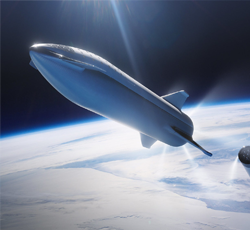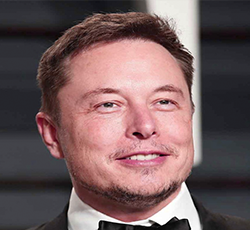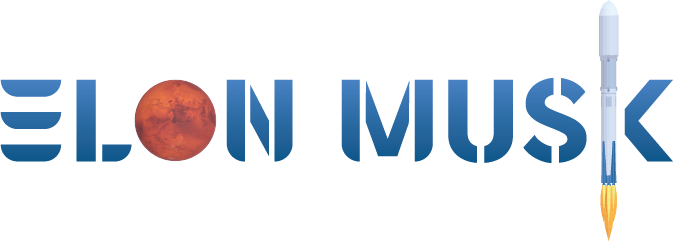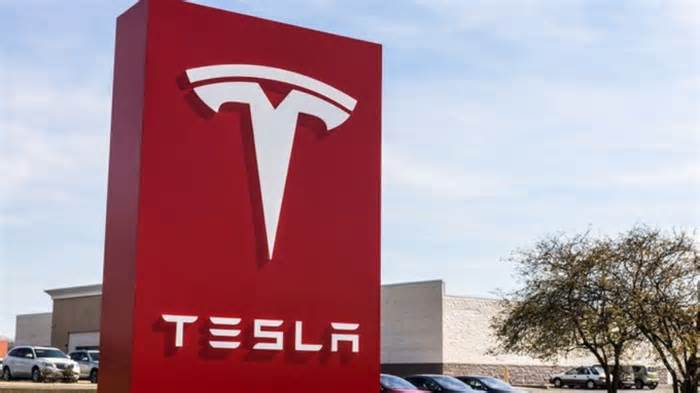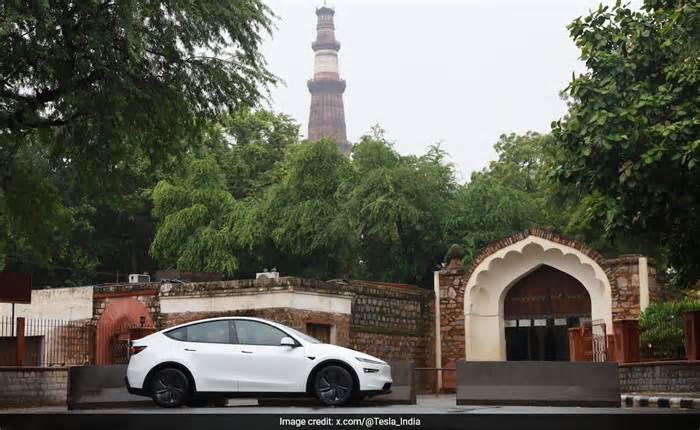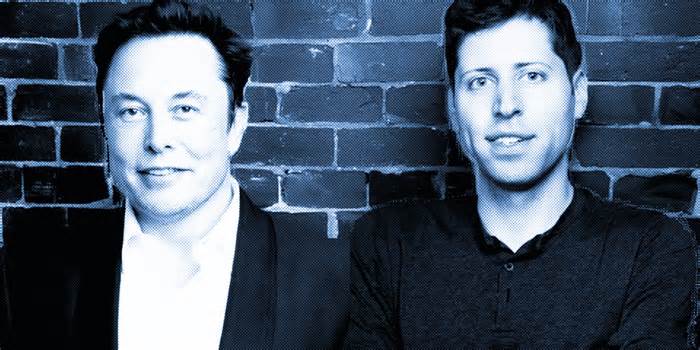
SpaceX's Falcon Heavy launches from Cape Canaveral - USA TODAY
- by USA Today
- Feb 06, 2018
- 0 Comments
- 0 Likes Flag 0 Of 5
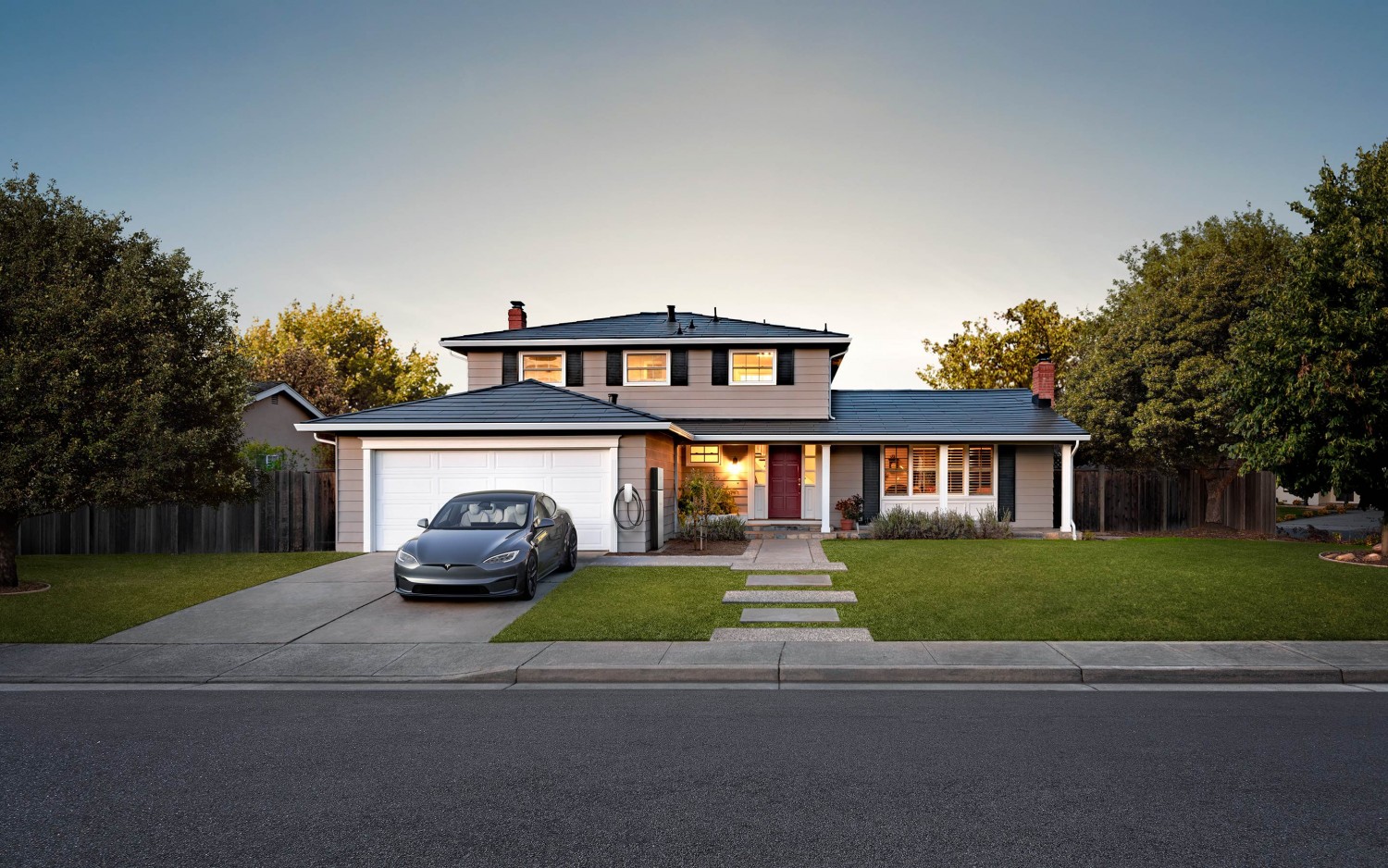
Florida Today
CAPE CANAVERAL — Elon Musk’s Tesla Roadster sports car was on cruise control in orbit Tuesday after blasting off from Kennedy Space Center atop the world’s new most-powerful rocket, SpaceX’s Falcon Heavy.
In a launch spectacle unlike any since NASA’s final space shuttle mission in 2011, the unmanned Falcon Heavy thundered from pad 39A at 3:45 p.m. ET, firing 27 Merlin engines from three first-stage boosters to surge aloft with more than 5 million pounds of thrust.
That’s the most since the shuttle and the most by a conventional rocket since NASA’s Saturn V moon missions, and more than double the next biggest U.S. rocket flying today.
Within a half-hour of the liftoff, SpaceX cameras showed images of a spacesuit-clad "Starman" in the driver's seat of Musk's convertible floating above Earth. There was a “very tiny” chance the car could one day crash into Mars, Musk said.
Before getting on its way to deep space, Musk said the upper stage and sports car would first have to survive getting “zapped pretty good” during its flight through the Van Allen belts, a region of concentrated radiation harsher than deep space.
And long before that, Musk had warned that the risk of a launch failure was high, including the possibility of a massive explosion that would blow KSC’s historic launch pad 39A “to smithereens.”
He also worried that vibrations and aerodynamic forces during the rocket’s ascent might cause the three boosters strapped together to slam into each other, or that ice falling from the upper stage could strike the the boosters below like cannon balls.
Overall, Musk had suggested the odds of success were about 50-50.
In the end, the success of rocket’s first flight rendered SpaceX nearly speechless.
“Wow” was all a host of the company’s webcast could say at one point. “Did you see that?”
As the upper-stage and Roadster climbed into an initial orbit as high as 4,000 miles above Earth, the flight more resembled a “single-stick” Falcon 9 rocket mission.
That is, until the planned five-hour coast through the radiation belts before the final engine burn, and the boost toward an orbit stretching more than 100 million miles from the sun.
The Falcon Heavy’s significance to the launch industry remains to be seen.
Advertised for $90 million, it is by far the cheapest rocket available for heavy spacecraft, at least one-third the price of United Launch Alliance’s Delta IV Heavy, which the Department of Defense sometimes uses for classified missions.
SpaceX has three more Falcon Heavy missions under contract. Tuesday’s success means a second Heavy flight is likely later this year, possibly as soon as this summer.
The big rocket blasted off from the same pad from which the Apollo moon landing missions and dozens of space shuttles took flight.
But Musk says his hopes to colonize Mars or send people to the moon ride not on the Heavy but a much larger rocket now early in development that SpaceX refers to as the “BFR,” sometimes translated as Big Falcon Rocket.
SpaceX's next major test will be the launch of NASA astronauts to the space station atop Falcon 9 rockets. A test flight without a crew on board is possible this year.
Follow James Dean on Twitter: @flatoday_jdean
Please first to comment
Related Post
Stay Connected
Tweets by elonmuskTo get the latest tweets please make sure you are logged in on X on this browser.




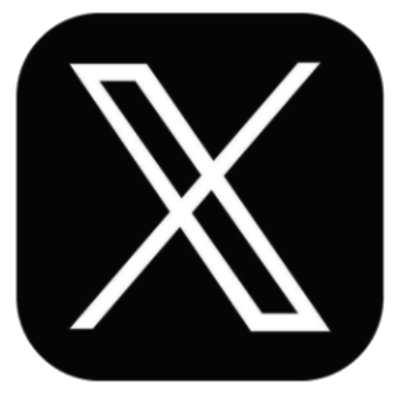

 Energy
Energy